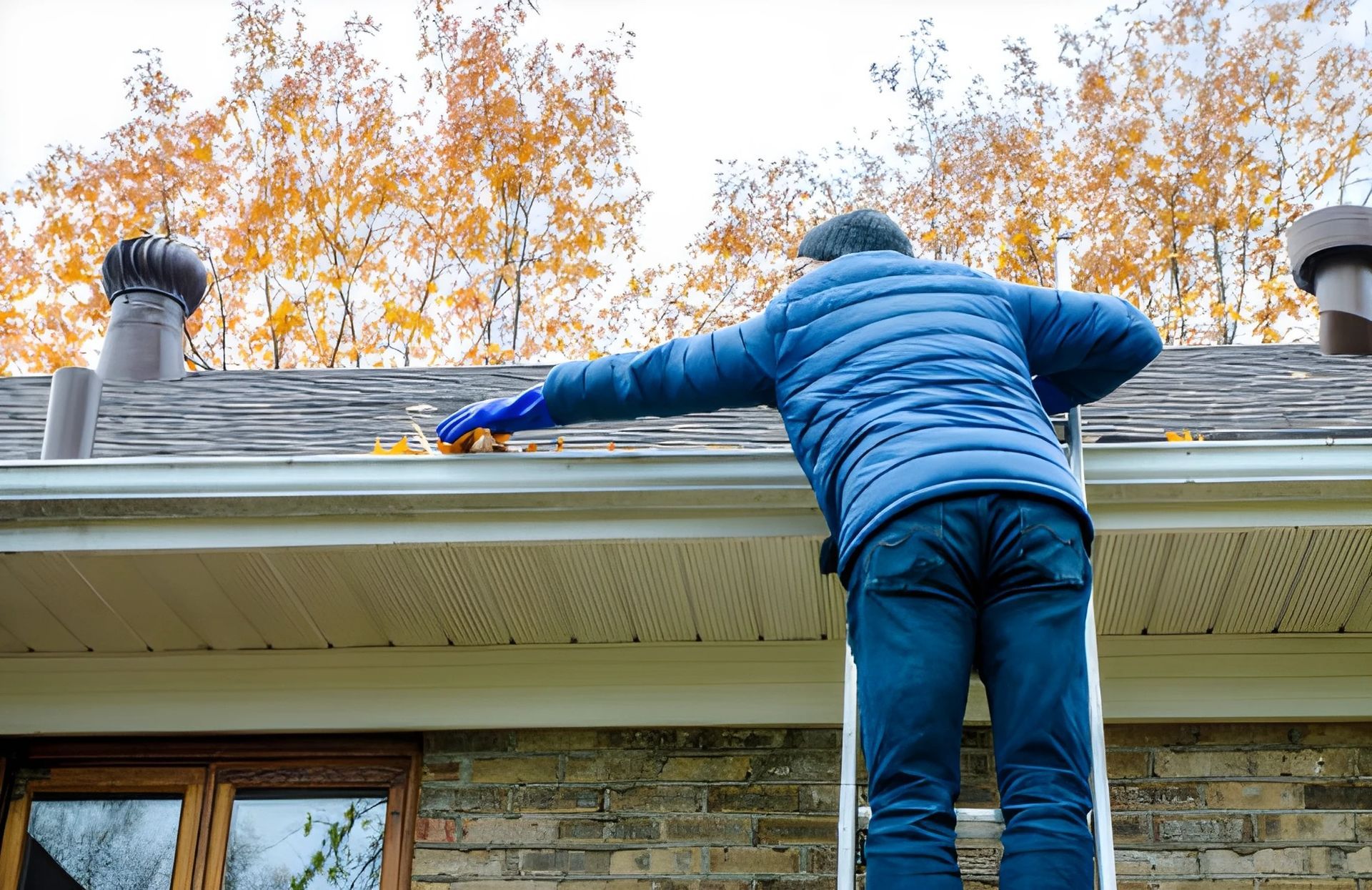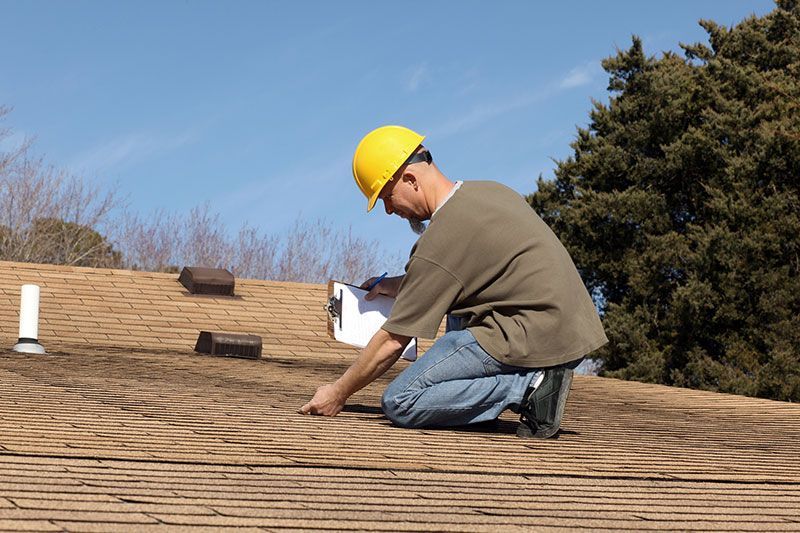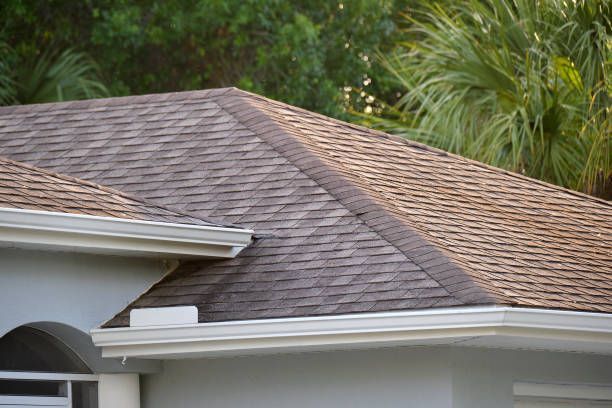How to Spot Hail Damage on Your Roof Before It Gets Worse
Hailstorms do not always come with warning signs, but the damage they leave behind can seriously impact your roof. While some signs are obvious, others are easy to miss until leaks or structural problems begin. At Blue Storm Roofing, we help homeowners identify and repair hail damage before it turns into something more serious and expensive.
Here is how to spot hail damage on your roof and what to do about it.
- Check the Ground First
After a hailstorm, the first thing you should do is walk around your home. Look for evidence that hail was severe enough to cause damage. Check for:
• Dents in gutters or downspouts
• Damaged window screens or siding
• Shingle pieces or granules on the ground
• Dents or cracks in outdoor furniture or vehicles
If objects at ground level were impacted, there is a good chance your roof took a hit too. This quick check helps you determine if a closer inspection is needed.
- Look at Your Shingles from the Ground
You do not need to climb a ladder to get an idea of your roof’s condition. Step back and look up at your shingles. Look for these warning signs:
• Dark spots or patches where granules are missing
• Shingles that appear cracked, bruised, or lifted
• Sections of the roof that look uneven or bare
• Flashing or vents that appear bent or dented
Hail damage often shows up as small, circular spots where the impact knocked granules loose. These spots may not look severe, but they weaken the shingle’s ability to protect your home from moisture.
- Check Inside for Leaks and Water Stains
If hail has penetrated your roof, you may notice signs inside your home. Check your attic, ceilings, and walls for:
• Water stains or yellowish spots
• Damp insulation
• Musty smells
• Drips or watermarks after rain
Interior signs usually indicate that your roof has already been compromised. It is important to act quickly to prevent mold growth and further water damage.
- Call for a Professional Inspection
Even if everything looks okay, a trained roofer can often spot problems that are not visible from the ground. At Blue Storm, we offer detailed hail damage inspections using proven methods to assess your roof’s condition. Our team knows exactly what to look for and how to determine whether a repair or replacement is needed.
We check for:
• Granule loss and shingle bruising
• Soft spots that signal hidden damage
• Cracked or bent flashing
• Damaged underlayment beneath the shingles
Once we complete the inspection, we provide a clear, honest report of what we found and what your options are.
- File an Insurance Claim if Needed
If your roof has sustained hail damage, you may be eligible for a full or partial roof replacement through your insurance provider. We can help you navigate the process, starting with accurate documentation and meeting with your adjuster if necessary. The key is to act quickly. Most insurance policies have deadlines for filing a claim after a storm.
- Repair or Replace? We Help You Decide
In some cases, minor hail damage can be fixed with simple repairs. In others, the damage may be widespread enough to require a full replacement. Our job is not to sell you something you do not need. We give you straightforward advice based on your roof’s age, condition, and how much damage has occurred.
We work with top quality roofing materials that provide added protection against future hail and storm impact. Our goal is to make sure your roof is stronger than it was before.
Why Homeowners Trust Blue Storm Roofing
• Fast, friendly service from experienced professionals
• Honest inspections with no pressure
• High quality materials and workmanship
• Help with insurance claims from start to finish
• Local team that understands storm damage in our area
When hail hits, you need more than a quick fix. You need a reliable roofing partner who puts your home’s safety first.
Do Not Wait Until Leaks Start
Hail damage is not always easy to spot, but it never gets better on its own. If you suspect your roof may have been damaged in a recent storm, do not wait. Blue Storm Roofing is ready to help with professional inspections, fast repairs, and full replacements when necessary.
Call Blue Storm General Contruction today to schedule your hail damage inspection and stay ahead of the next







